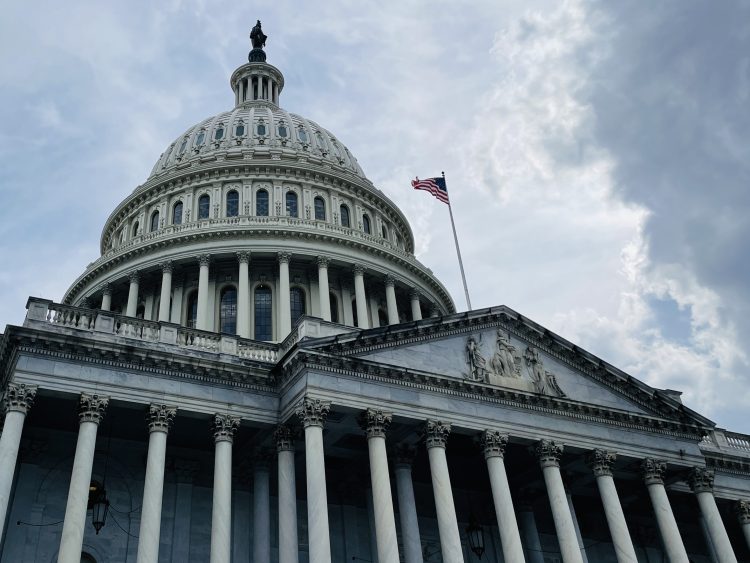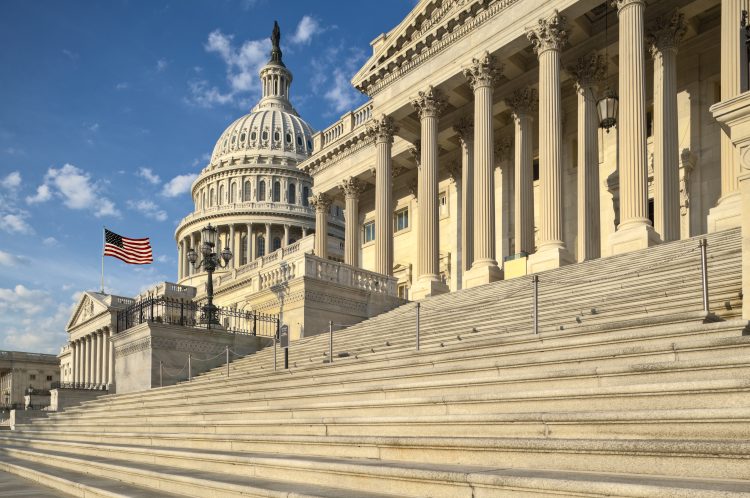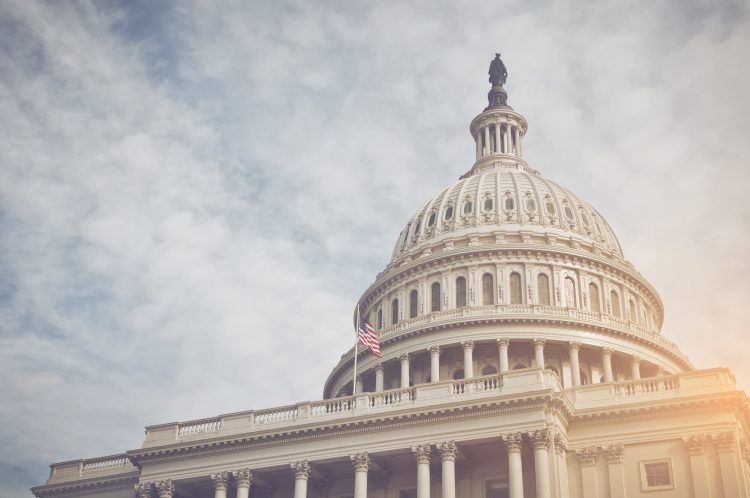This week on Facing the Future, we got a long-term federal budget outlook from Dr. Kent Smetters, faculty director for the Penn Wharton Budget Model. The well respected budget model recently released its latest long-term federal budget outlook, and in a nutshell, their projections for the budget have gone from bad to worse. Smetters sees growing budget deficits and accumulating national debt coupled with weaker economic growth, and lower workforce productivity. We looked into why that is during this week’s program, and what are the primary drivers behind the budget model’s projections. Concord’s policy director Tori Gorman and chief economist Steve Robinson joined me for the conversation with Dr. Smetters.
Later in the program, Tori, Steve and I discussed the latest negotiations over whether and how to increase the debt limit. Treasury Secretary Janet Yellen last week announced that the federal government had reached the statutorily mandated national debt ceiling of $31.4 trillion. Yellen has directed her department to begin so-called ‘extraordinary measures’ to more or less move money around so the United States government can continue to make good on its obligations. It is estimated that these measures will work until sometime in June, when the government will be forced to default on at least some of its obligations for the first time in history if Congress fails to act to suspend or raise the debt ceiling.
Taking a look at the long-term budget outlook, Dr. Smetters says the Penn Wharton Budget Model projects that under current law, our national debt will grow to more than double its current 100% of total Gross Domestic Product (GDP) by 2050.
“Under current law – and this includes the sunsetting of the Tax Cuts and Jobs Act that will actually produce some additional revenue – debt held by the public will increase to 225% of GDP by 2050 and continue to rise even after that,” said Smetters. “Some people might think that’s so far into the future, but if you’re a 30-year bond investor, if you’re an investor in longer term projects, you have to be thinking out there and financial markets do look longer horizon.”
This figure is decidedly more pessimistic than the estimate of national debt held by the public released by the Congressional Budget Office in its 2022 long-term budget outlook. Smetters says the difference can largely be tied to how Penn Wharton measured major demographic changes happening in American society.
“We have an aging population and a lower fertility rate, and the population growth rate has been coming down now for a couple of years,” said Smetters. “The more controversial position we took before COVID in 2019 was that we were projecting that the population growth rate in the United States would slow down enough that we would no longer be replacing ourselves without the input from immigration. Yes, that happened during COVID and some people said it was a temporary effect. We are still projecting that this is not temporary, that we might get a little bump up, but usually we are looking for a population growth rate of 2.1 people per female just to get to level population. We are projecting less than that, at most probably 1.9 or 1.8–ish, so that will certainly mean that without immigration we are going to have a shrinking population over time. That will change the dynamic of immigration, because countries will actually be competing for immigrants.”
Why do demographics matter so much for the economy and the federal budget? Because we need enough younger people working to power our economy and pay taxes into social safety net programs such as Medicare and Social Security to cover benefits for the rapidly growing population of seniors. Right now, the trends are in the opposite direction. Smetters also points out another finding that may impact economic growth: declining workforce productivity.
“Economists talk about labor productivity, how productive is each person,” said Smetters. “Total skill adjusted labor input is falling quite a bit. What we are showing is that if you look at the 1980s we estimate that the annual growth rate of this productivity measure that is adjusted for the number of people was quite high – about 2.1% per year. More recently, it’s fallen to about 1% per year. And what we are projecting is that it will fall even more with these demographic changes to about 0.7% per year.”
Turning to the current fight in Congress over the debt limit, there are few signs that the opposing sides in Congress might be willing to negotiate with each other in order to avoid the federal government defaulting on its obligations for the first time in history. The Biden Administration has said repeatedly that it will not negotiate with House Republicans over drastic spending reductions in order to raise the debt ceiling again. While Democrats insist on a clean debt ceiling bill without any strings attached, Senate Republicans are content at this point to let House Republicans take the lead on negotiations with the White House. There are some indications that House Speaker Kevin McCarthy might be willing to pass a debt ceiling suspension for a short time in order to give both sides time to negotiate a deal on spending. Concord chief economist Steve Robinson says the stakes are high.
“I hope that calmer, cooler minds will prevail,” said Robinson. “The worst case scenario is that we don’t meet some obligations. We have three month bonds, six month bills, there are notes and bonds and bills coming due all the time. If we reach the point where the government is unable to honor the obligations on bonds that are coming due, that clearly will spook the financial markets. They’re going to say ‘do we want to hold government debt?’ if there’s some uncertainty that it will be rolled over and the interest will be paid on time. Were that to not happen, we could see a loss of confidence that will spike interest rates. It would shake up financial markets, and could certainly be a bad, damaging situation for the U.S. economy and for global financial markets. I hope people understand that in the worst case scenario, you don’t want any of those things to happen.”
Hear more on Facing the Future. I host the program each week on WKXL in Concord N.H., and it is also available via podcast. Join our guests as we discuss issues relating to national fiscal policy with budget experts, industry leaders, and elected officials. Past broadcasts are available here. You can subscribe to the podcast on Spotify, Pandora, iTunes, Google Podcasts, Stitcher, or with an RSS feed. Follow Facing the Future on Facebook, and watch videos from past episodes on The Concord Coalition YouTube channel.
Continue Reading











